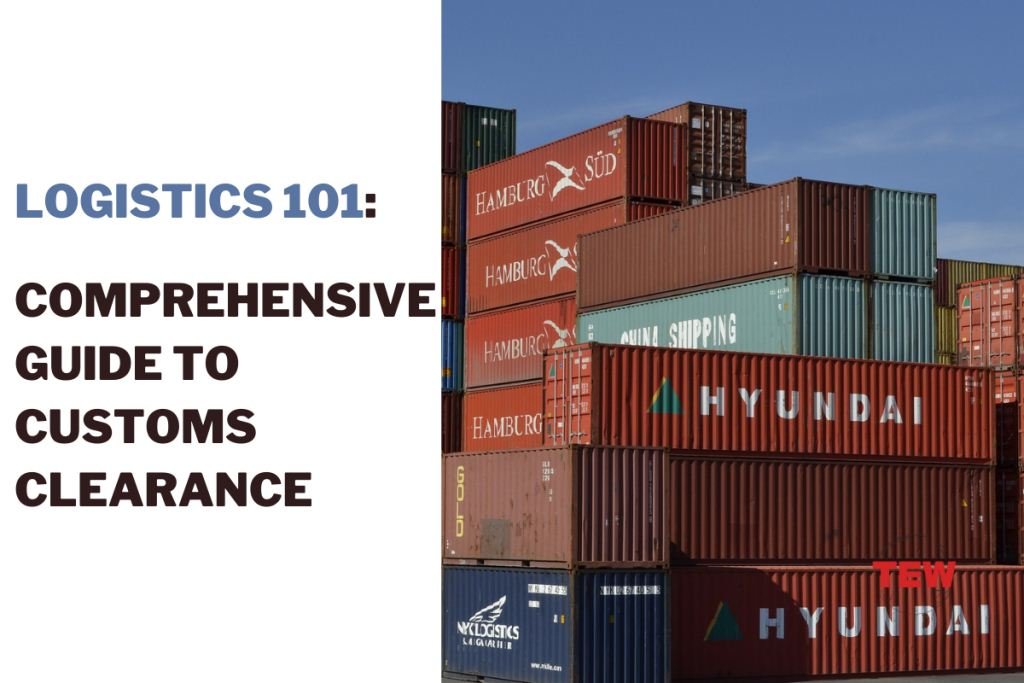Customs clearance plays a significant role in the transit of commodities. You can only import or export your products if the goods are approved in customs. It’s the final step to reach the consignee for the products, whether through air or sea freight. Once the cargo is done, the shipper must submit paperwork verifying the payment of customs duties and shipment processing.
Therefore, shippers needed to deal with export and import clearance which is complicated for a beginner. In this article, please be guided on how to simplify any process and issues in customs clearance.
Role Of Custom Broker In Customs Clearance
Customs broker Sydney is an example of a team of qualified specialists who can handle goods import and export paperwork. They are licensed to assist importers and exporters in complying with federal legislation. Please note that all nations importing and exporting products will have specific laws concerning customs, but a broker knows the ins and outs of the legal process.
They’ll check that shipments fulfill all legal requirements, arrange and submit required paperwork. Most importantly, they’ll examine lists and commercial invoices to verify the correct calculation and payment of taxes and charges.
It would be practically difficult to memorize all the customs rules, in addition to those enforced by terminals, carriers, and all other parties engaged in the import/export of products. Therefore, the presence of a customs broker is essential in processing the customs clearance.
Customs Clearance Process
Anyone interested in importing products must take the following simplified steps:
- Completion and filing of import statement.
- Completion of EOI (Expression of Interest) identification checks.
- Completion and presentation of self-assessed clearance declaration (SAC).
- Presentation of invoices, loading letters and required permits.
- Customs and border protection inspection.
- Payment of custom duties and taxes.
On the other hand, the export customs clearance procedure is determined by many variables, including the following:
- Exporting country’s rules and regulations
- Exports are classified according to their class and kind.
- Arrangements between trade nations
Sample Requirements For Customs Clearance
There are the common documents that the custom authorities are most likely to request from exporters and importers:
- Airway Bill: It’s a legal document issued to a shipper by a carrier. It provides information such as the nature, amount and destination of the items transportation process.
- Commercial invoice: The purchaser receives the business invoice from the supplier of the products. It’s a legal document that acts as evidence of the two parties’ sales transaction.
- Certificate of origin: The document includes information about the product, its destination and the place of origin.
- Packing list: It contains all the cargo contents and plays a vital role in the shipping procedure.
- Letter of credit or other payment terms: A letter of credit is a promise from a bank that the seller will be paid on time and in full. If the buyer can’t pay, the bank must reimburse the total or remaining purchase price, safeguarding the seller.
Common Issues Regarding Customs Clearance
Customs clearance for products often becomes a challenge. For example, improper categorization or packing which puts the consignment at danger of not reaching the destination, port delays, and the intricacy of the paperwork required demands precision and a reasonable amount of time. The following are some of the most often encountered customs-related issues:
- Variances: The first issue in custom lies in the simple fact that each nation must comply with its own set of custom regulations. There are some similarities, but there are enough variations to make it challenging to manage.
- Storage: Most individuals choose customs bureau storage. While cost-effective, this option isn’t always reliable. There’s also the danger of harm to the goods while in the warehouse.
- Costing: Shippers often overestimate how much they need to pay on customs and taxes when goods arrive in the destination country.
- Incidents: Numerous things may go wrong the moment your goods leave your warehouse and when they reach the customs office. Perhaps the worst thing is when documents are lost along the way. At worst, it may entail fines and further delays in releasing your goods.
Conclusion
As you can see, there are numerous stages and high risks for errors for customs clearance. Such mistakes may lead to expensive delays, and it’s essential to ensure that your paperwork is correct before customs clearances are launched. Fortunately, an expert broker in the field is dedicated to assisting you through the entire process of shipping your products out and making sure they get to their destination on time. Just make sure you select a reputable freight forwarding company using innovative simplifying technologies with excellent customer service. And guaranteed, you won’t be bothered by any of these customs issues.





